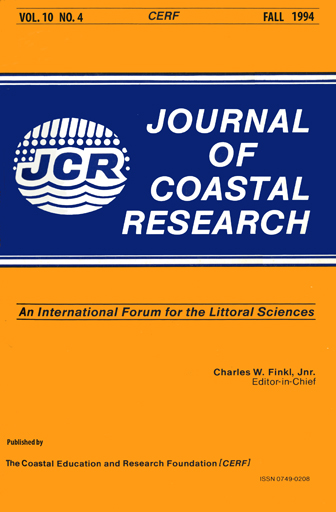A Study for the Improvement of the Chilka Lake Tidal Inlet, East Coast of India
Keywords:
Bay of Bengal, Littoral drift, IimnologyAbstract
Chilka Lake, the largest tidal inlet connected to the Bay of Bengal is hydraulically found poor with little exchange of water between the sea and the lake. The shorefront of the lake is exposed to a high rate of littoral drift, one million cubic metre per year. A one year study showed the migration of the inlet mouth is approximately 500 m northward. The flow of salt water from the sea into the lake as well as into the Chilka Lake eco-system is severely limited by conditions as follows: reduced inlet cross section associated with lengthening of the inlet channel: extremely low tidal prism as compared to the volume of water in the lake; and the significantly fresh water discharge into the lake during the monsoon season. The stability criteria based on the ratio of tidal prism and the annual littoral drift shows that the tidal inlet is hydraulically very poor. An artificial opening of a channel about 480 m in width dredged to a depth of 10m is suggested in the paper to increase the tidal prism to about 1.5 -10 m. This will considerably improve the water exchange between the sea and the lake to maintain the lake eco-system.


